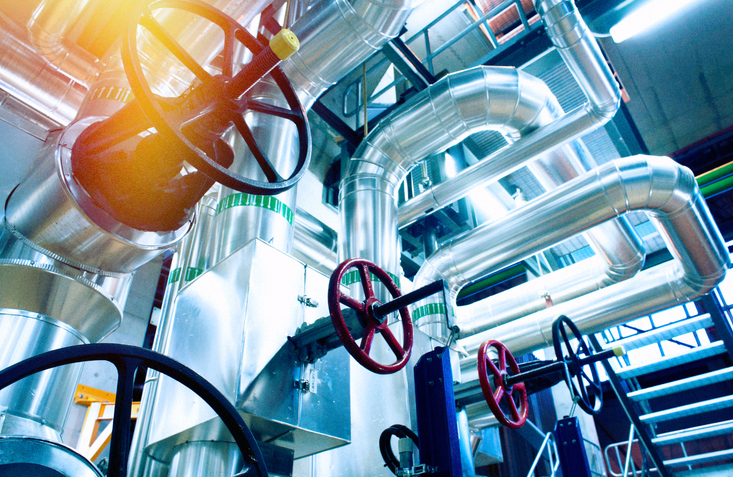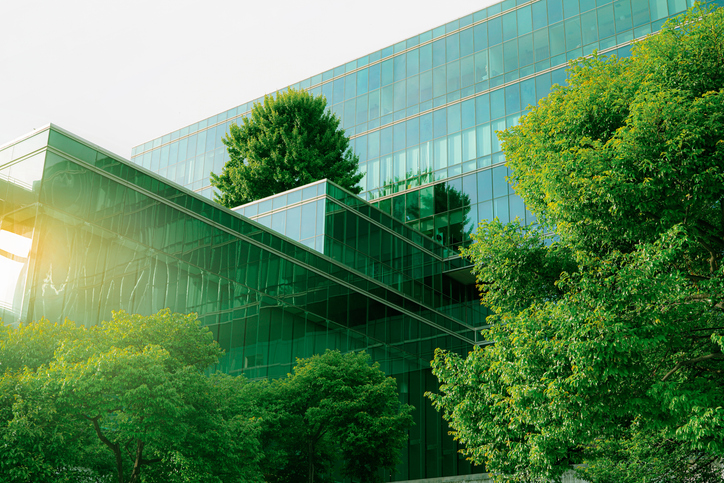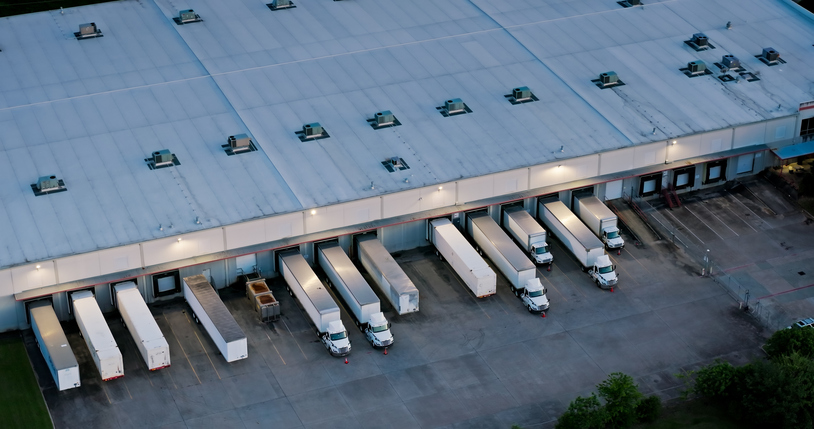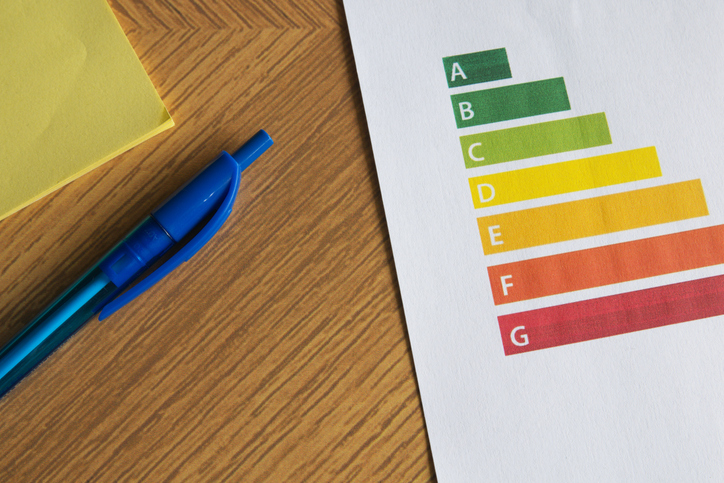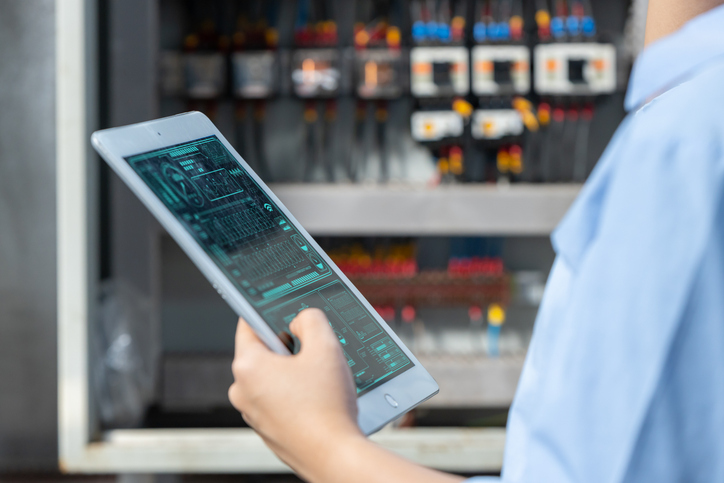
In an era of volatile prices and tightening sustainability targets, effective commercial energy management is no longer optional—it’s essential. Businesses across the UK are under pressure to reduce costs, cut emissions, and demonstrate environmental responsibility. The key to achieving all three lies in data.
Elcomponent’s energy monitoring solutions give organisations complete visibility of how they use energy. From advanced metering systems and submetering services to intuitive software such as Energy Pro, these tools empower decision-makers to identify waste, improve efficiency, and make informed investment choices.
Understanding Commercial Energy Data
Every building, plant, or process consumes energy differently. Without accurate monitoring, inefficiencies go unnoticed. A comprehensive monitoring setup—including energy consumption meters and energy monitoring devices—records the flow of electricity, gas, and water in real time. The result is a clear picture of where energy is used and, more importantly, where it’s wasted.
This data underpins modern energy strategies. Whether it’s adjusting HVAC schedules, identifying failing equipment, or optimising production timing, accurate data helps organisations move from reactive to proactive energy management.
The Role of Submetering Services
For many organisations, a single main meter isn’t enough. To understand true performance, data needs to be collected at multiple levels. That’s where submetering services come in.
Elcomponent designs, installs, and commissions submetering systems tailored to each client’s site. These systems can measure consumption across departments, buildings, or even individual circuits. Combined with the PowerPack Pro data logger, they deliver granular insight into energy usage patterns that standard billing meters simply can’t provide.
Energy Monitoring Devices and Software Integration
Hardware and software work hand in hand. Elcomponent’s energy monitoring devices collect data from submeters, while the Energy Pro platform provides the tools to interpret it. Dashboards display consumption trends, compare performance across sites, and highlight anomalies. Automatic alerts flag issues like high overnight usage or sudden consumption spikes, allowing maintenance teams to act fast.
This level of integration turns commercial energy data into a management tool, not just a reporting metric.
Improving Building Energy Management
Commercial buildings—from offices to hospitals—face complex energy challenges. Multiple systems, varied occupancy patterns, and diverse equipment loads make it hard to maintain efficiency. A building energy management system (BEMS) helps by centralising control, but its effectiveness depends on accurate input data.
By feeding precise readings from Elcomponent’s metering systems into a BEMS, facilities managers can fine-tune performance and verify savings. The data supports energy audits, informs refurbishments, and provides evidence for environmental reporting frameworks like SECR and ESOS.
Cost Control and Sustainability Benefits
The financial benefits of commercial energy monitoring are immediate. Identifying and eliminating waste directly reduces bills. Over time, continuous monitoring helps justify investment in upgrades—from LED lighting to solar installations—because every improvement can be measured and verified.
From a sustainability perspective, accurate energy data enables carbon reporting and progress tracking against net-zero goals. It also supports compliance with corporate ESG policies and government reporting requirements.
Elcomponent’s Commercial Energy Expertise
With over 40 years of experience in energy monitoring solutions, Elcomponent supports thousands of commercial clients across the UK. Their turnkey service covers every stage—from system design and hardware supply to installation, software integration, and long-term support.
Every system is scalable and built to last, ensuring a future-proof platform for energy management.
Conclusion
In today’s energy-conscious environment, managing commercial energy effectively isn’t just about saving money—it’s about building resilience. With Elcomponent’s proven technologies and expert support, businesses gain the insight and control needed to navigate uncertainty and drive lasting sustainability.

